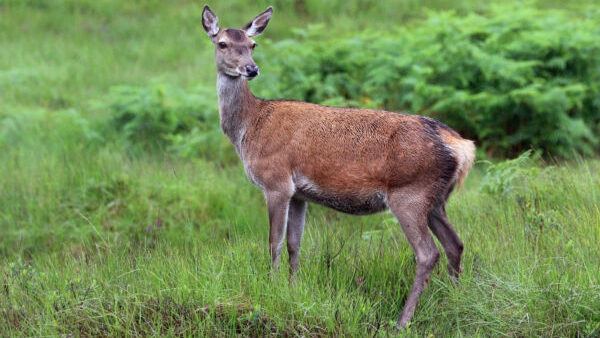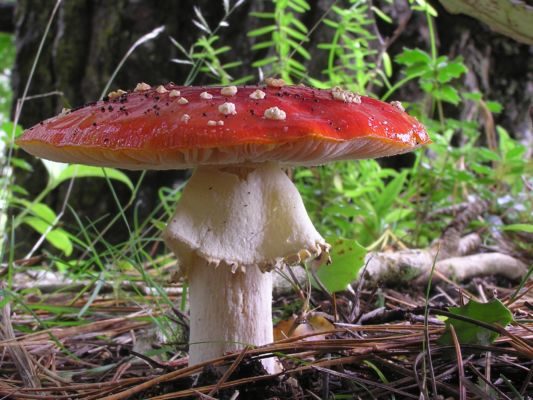Wildling pines aren’t part of the mandate for Predator Free New Zealand but they are another serious invasive issue in many parts of New Zealand and research recently published in the Journal of Ecology (British Ecological Society) has revealed that some introduced mammals could be helping wildling pines to get established.

It’s a complex web of fungi, plants, possums and red deer – the fungi help the pines to survive and possums and deer help germinating pine seedlings become inoculated with the beneficial fungi.
Many trees, including introduced pines and native beech have a beneficial relationship with specific ectomycorrhizal fungi which colonise their roots and help the trees to absorb mineral nutrients from the soil. Mammals such as deer and possums can help spread fungi through feeding on fungi and excreting the fungal spores in their faeces.

Researchers from Landcare Research (Lincoln), Auckland University and Stanford University investigated whether this was occurring in New Zealand ecosystems. What makes the research particularly interesting is that the wildling American pines and their associated fungal species come from completely different continents to the introduced European deer and Australian possums. Our native beech trees also have their own native fungi species living in their root systems.
“We examine the role of novel mammal associations in dispersal of ectomycorrhizal fungal inoculum
of North American pines (Pinus contorta, Pseudotsuga menziesii), and native beech trees
(Lophozonia menziesii) using faecal analyses, video monitoring and a bioassay experiment. Both European red deer (Cervus elaphus) and Australian brushtail possum (Trichosurus vulpecula)
pellets contained spores and DNA from a range of native and non-native ectomycorrhizal fungi.”
The fungal spores were in the faeces – could they be transferred in this way to tree seedlings? Further analysis involved spore inoculation of tree seedlings, both pine and native beech.
“Faecal pellets from both animals resulted in ectomycorrhizal infection of pine seedlings with fungal
genera Rhizopogon and Suillus, but not with native fungi or the invasive fungus Amanita muscaria,
despite video and DNA evidence of consumption of these fungi.”
Native fungi weren’t becoming associated with pine roots, but were native fungal spores spread in deer and possum pellets able to beneficially infect their native beech tree hosts? Could red deer and possums be doing the beech trees a favour as well as the wildling pines? Sadly not.
“Native L. menziesii seedlings never developed any ectomycorrhizal infection from faecal pellet inoculation.”
So the invaders benefit from the new interspecies interactions – but not the locals. It’s perhaps not surprising. In a mammal-free ecosystem, the trees and their fungi are likely to have relied on birds to disperse fungal spores. According to the research paper, most such symbiotic fungi around the world are dull in colour, but New Zealand native examples are often brightly coloured, “an adaptation that may mimic fallen fruit and therefore attract avian dispersers.”
The story of New Zealand’s multiple invasions is a complex one. While invasive pines are easily spotted, the impacts of smaller fungal invaders are a lot less obvious. There is more going on in our soil than we might have suspected.
“Our results show that introduced mammals from Australia and Europe facilitate the co-invasion of invasive North American trees and Northern Hemisphere fungi in New Zealand, while we find no evidence that introduced mammals benefit native trees or fungi. This novel tripartite ‘invasional meltdown’, comprising taxa from three kingdoms and three continents, highlights unforeseen consequences of global biotic homogenization.”
The full article is freely available in the Journal of Ecology (UK):

